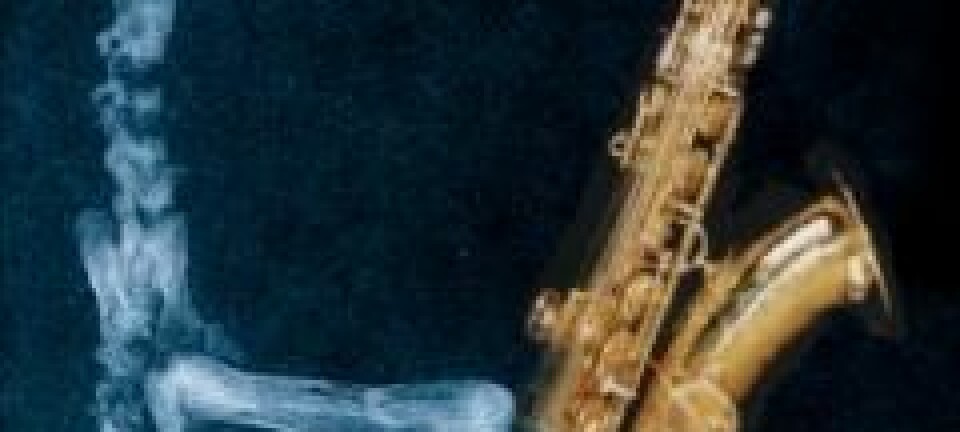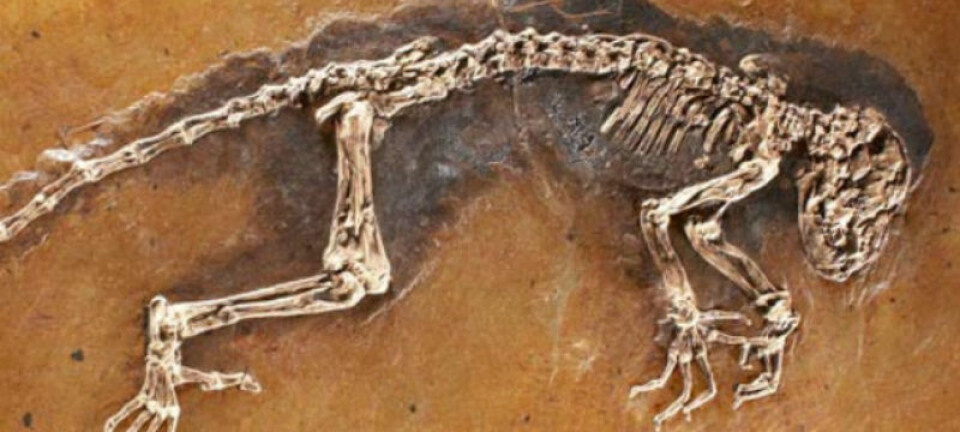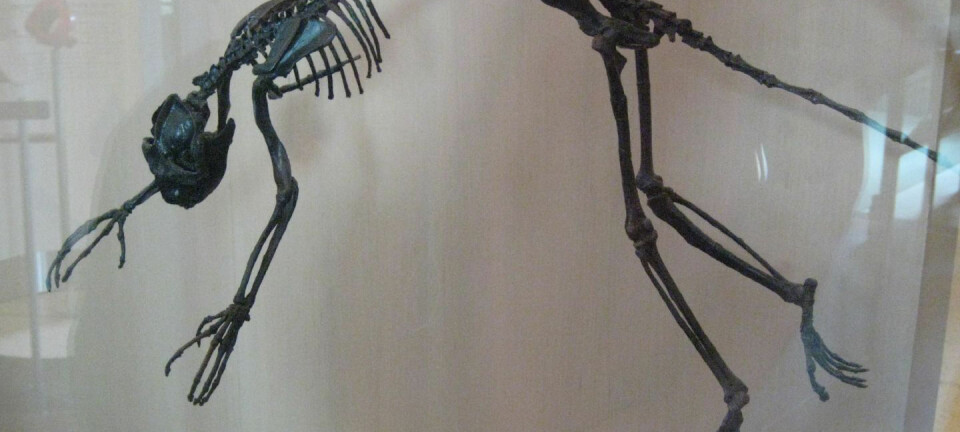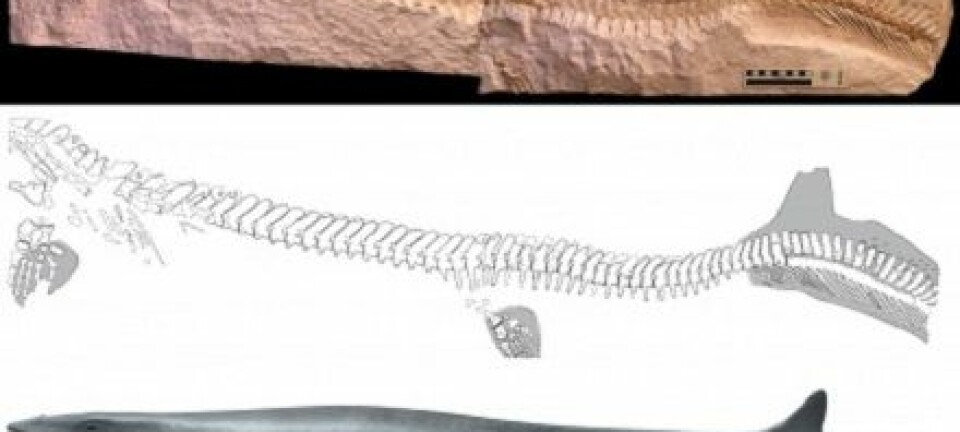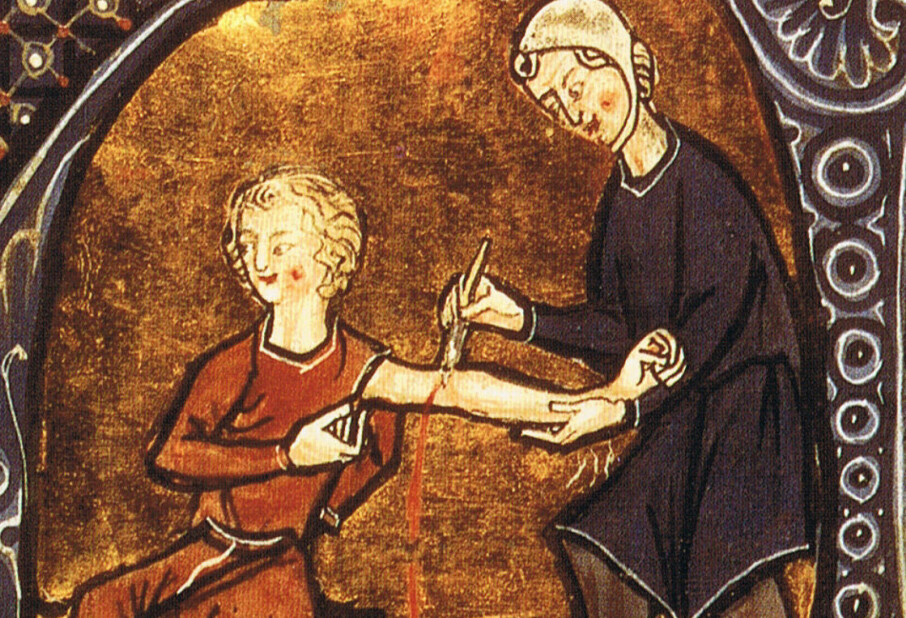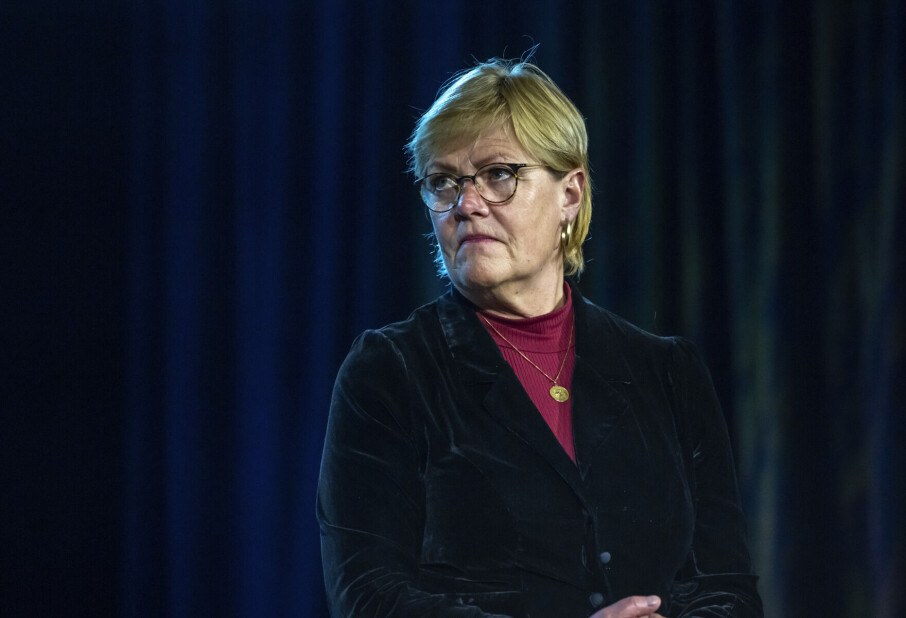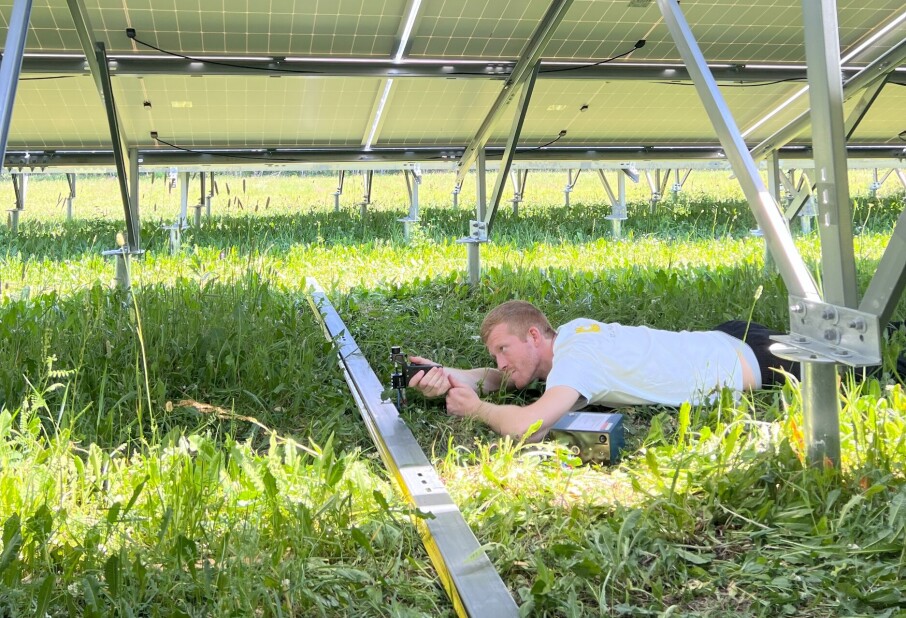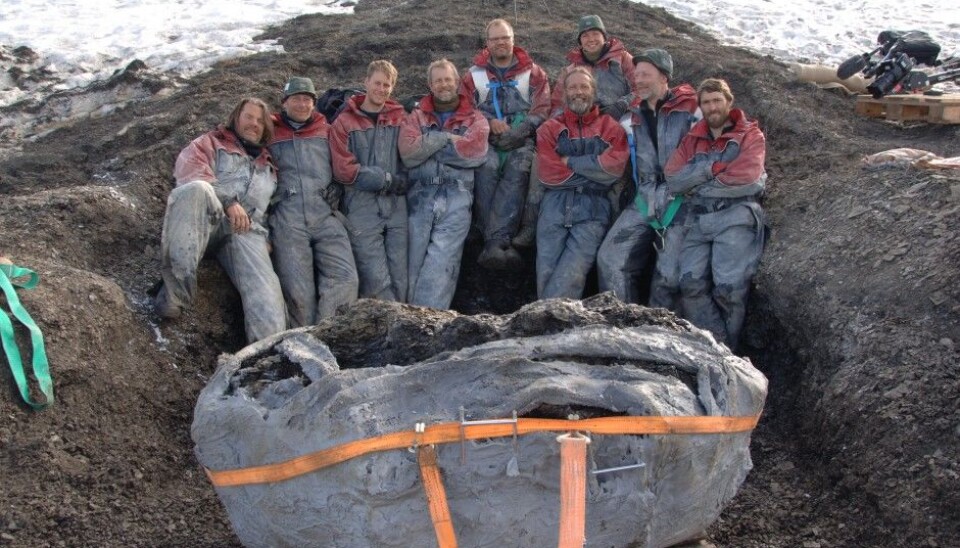
Sea monsters on Svalbard in music video
A new video summarizes ten years of research and palaentological excavations.
Denne artikkelen er over ti år gammel og kan inneholde utdatert informasjon.
Palaeontologist Jørn Harald Hurum studies ancient life forms. Along with his colleagues and volunteers, he has been finding new pieces in the puzzle that is the age of dinosaurs.
“We want to know the future, but to do that, we have to study the past. There have been times on Earth where it has been fantastic to live, but we have also had disasters. Fossils can give us an understanding of the history of Earth,” says Hurum.
Years of hard work – both in the field in Svalbard and in the laboratory – have produced significant results. Several palaeontology enthusiasts have contributed voluntary labour. The team has discovered several new fossils, most of them described in 2012. Seven of the newly discovered sea reptiles were named after volunteers in the group.
“Researchers get to publish papers, but all the helpers generally get little recognition. Therefore, I have been determined to give credit to these people. Many of them have spent a lot of time on the project over several years,” Hurum explains.
Ten years of discovery
A video has been produced to summarize ten years of research and excavations conducted by Hurum.
Hurum made the vidoe with Achim Reisdorf, a German palaeontologist who in 2013 started the project Science Slam Sonic Explorers (SSSE) along with producer Kurt Gluck in New York.
The idea of SSSE is to teach researchers to communicate their findings in an entertaining way, to a more diverse audience. Distribution is online.
“The producers were completely free to interpret the text. They even went a step further and combined the words with music. They felt that the conclusion on fossils could be a comment on how the world could end up as a result of climate change,” says Hurum.
----------
Read the Norwegian version of this article at forskning.no
Translated by: Lars Nygaard







